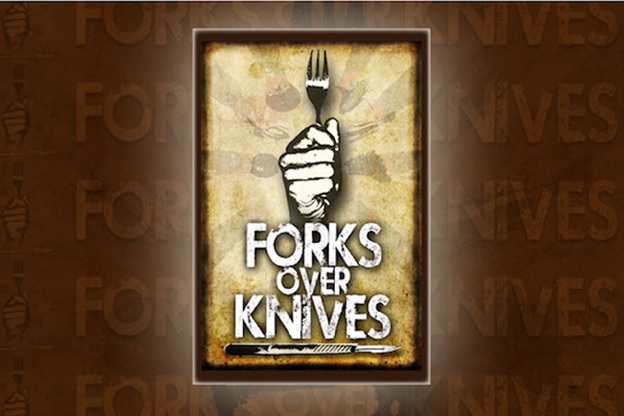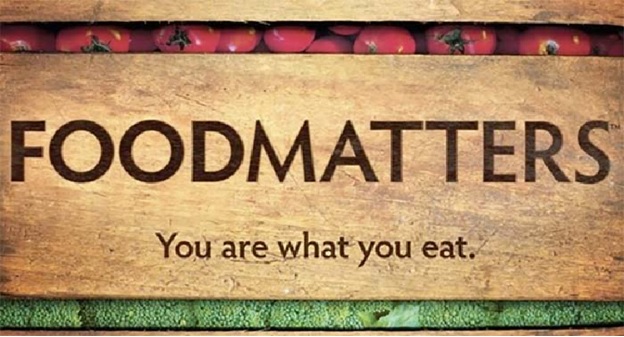This content may not be appealing to everybody. But it is very important! Beware parents – learn and stop these dangerous games before your child becomes a player and victim of social media challenges. Kids are putting themselves in danger.
Recently in United States children took internet challenges to a different level. This August an 11-year-old Jamoneisha Merritt of the Bronx, New York was badly burned when her friends poured boiling water on her face while she is sleeping. In July, Wesley Smith a 10-year-old boy of North Carolina suffered severe burns due to a challenge with his step brother. In July, an 8-year-old Kiari Pope died in Florida due to drinking boiling hot water through a straw. Reason she did it, her cousin dared her to drink boiling water using a straw.
Parents of these child victims are now cautioning and urging other parents and caretakers to warn their children against dangers of such internet challenge videos. What is that making these children to agree to dare such challenges? In Russia from 2015 till today more than 100 children died because of blue whale challenge. Blue Whale Challenge is a heinous challenge that targets young children and young adults from various online portals.
From Russia, this challenge entered other parts of the world through internet as a social trend. This game lures children to take up a challenge and gradually forces them to commit suicide. A group of so called administrators and curators assign several tasks to participants and challenges them perform the tasks. It can be – watching scary movie, videos, self-harming tasks like cutting forearms, lips, legs using blades for over a period of 50 days and the final step of the challenge is to jump from a tall building and killing oneself. A part of the challenge is craving a shape of blue whale in their forearms using blade and send the picture!
Hot water challenge is another example of evil side of online social trend. Children challenging others to pour boiling hot water on anybody including strangers or forcing a person to drink hot boiling water. Similarly, there are other challenges plastic bag wrap, duct tape challenge, that resulted in many deaths or dangerous injuries.
Victims who survived such challenges are saying “Don’t do it, it is not worth it” “Don’t follow all those dangerous trending hashtags”!
Why children may succumb to such challenges?
A child’s mind is active and looks for excitement. And, no child wants to be a loser in front of his peers. Teens always picks novelty interest. What is novelty for a child? When they have technology on their finger tips and access to visual media then they see the trending topic in their world. The social media gives importance to a content, an air of importance that attracts child. Sharing and liking these videos directly and indirectly shows support to such horrible videos. When a challenge becomes a hot trend with lots of discussion, more provocative and risky challenges surfaces online. When children watch these videos with friends and discuss about it with excitement, very few will talk about the danger and risk involved in the challenge. Rest is all about excitement and thrills.
Children brain continues to develop for many years – till they become adult. The prefrontal cortex area of brain that is responsible for inhibition of risky and dangerous behavior is the last one to develop. The deeper brain cell structures that respond to emotional hormones wins over proper judgment and this makes a child to accept such challenges. For children who are undergoing stress and emotional turmoil such challenges that are predicated on the principle of self-harming becomes an outlet. Dr. Harsheen Arora, a Delhi based Psychologist says “They feel hurting themselves will relieve them of the inner conflict they are going through”.
Other dangerous social media challenges to look out for:
- Kylie Jenner challenge: Kids hold glasses on faces and suck to create suction that leads to swelling of lips and results in split lips.
- Cinnamon challenge: Cinnamon is a spice that causes dryness in mouth and dries saliva. When aspirated spice goes to lungs and can be fatal.
- Neknomination: Rapid and excessive alcohol consumption and naming or tagging someone else for a challenge. Results in death.
- The Knockout game: Unprovoked assault with a single blow to head or neck that results in traumatic brain injury or death of innocent bystanders and video broadcasting by the perpetrators
- Salt and ice challenge: A person applies salt and ice to skin and keeps it for some time despite the pain goes through. It results in second degree burns like frostbite.
- Eraser challenge: Rubbing the eraser on skin. Whoever gets hurts more with injuries is a winner. Often this results in infections, pain, burns to the skin, and scarring.
- The Choking Game: It is a dangerous activity kids play that involves cutting off air flow to the brain to achieve a brief, euphoric high and they use plastic bags to wrap head. It is fatal.
- Fire challenge: Applying fire accelerators on the body and setting fire to oneself and try to come out from fire. Often results in third degree burns and death.
MOST OF THE VIDEOS DOES NOT SHOW AFTERMATH OF A GAME CHALLENGE AND CHILDREN BELIEVE THAT THIS IS FUN
What parents can do stop these acts that is hurting children?
- Beware of the dangerous games that are trending in social media. Talk to other parents.
- Discuss with your children about their activities and share your thoughts. Don’t hold back.
- Keep an eye on your child’s activities – particularly online activities. Don’t hesitate to get into his/her laptop or smartphone. It is not about privacy – you are protecting your child and others too
- Watch your child’s mood and behavior. A parent’s instinct generally notices the odd behavior of a child.
- Always get to know who are your child’s friends and their background.
- Create an open dialogue with your child and friends about social media and trending games that are dangerous and unsafe for the world. Make them understand that rules and regulations of real world is different from the virtual world.
- Have your children participate in camps and other types of activities – let them volunteer in animal shelters, gardens, library. Sign up them for sports. Take them on short trips.
- Tell children to say NO to these challenges. How to say no for such sickening challenges?
- Spend time with friends who are confident and are focused on their life goals to achieve something in life.
- Say no to the person who challenges you and walk away. You are not a loser if you don’t accept the challenge.
- Tell firmly No and tell them to respect your choice. Be assertive -A confident and firm voice helps.
- Teach children about responsibilities and hard work.
Ultimately as parents we need to make children realize that mimicking the dangerous games and performing cruel activities is risky for everybody. The virtual view is different from the real life. If one commits harmful activity then also should be ready to face (lifetime) consequences.
Resources:















